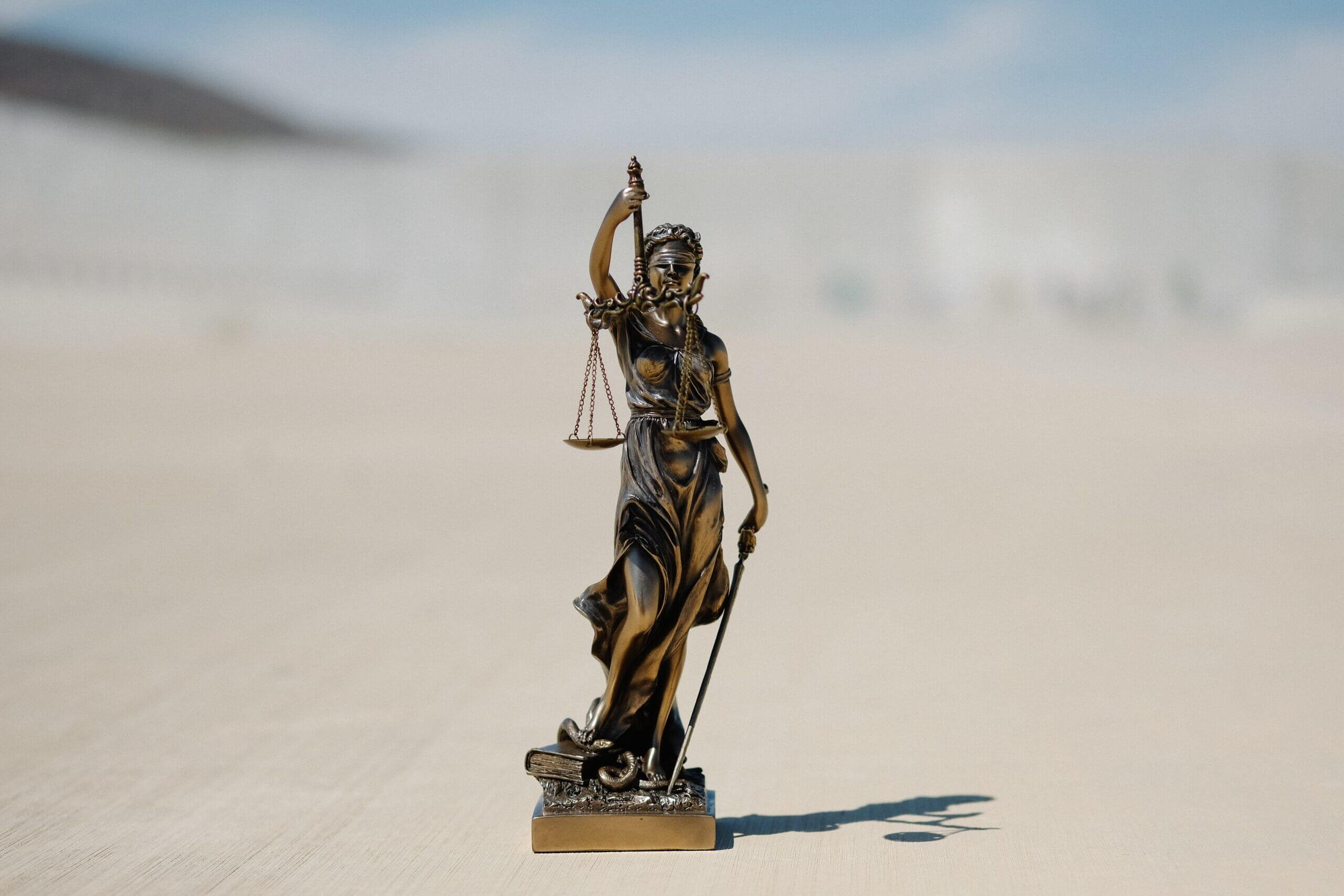Defenses in a DC Pedestrian Accident
Defenses in a DC pedestrian accident can reduce or completely limit the amount you may recover for your injuries. When you are injured in a DC pedestrian accident, the burden is on you and your legal team to prove the elements of the relevant cause of action by a preponderance of the evidence. In most cases, the claim is for negligence. Accordingly, we must prove it is more likely than not, according to the evidence that each of the four elements of negligence occurred. Those four elements are duty, breach of duty, causation, and damages. We must prove that the defendant owed you a duty, that the defendant breached that duty, and that breach caused the damages you suffered. The defense can be successful by disputing any one of those four elements. You may try to prove a causal link between the pedestrian accident and your foot injury.
But really, your foot was injured three weeks after the accident. Undermining the causation element would be a successful defense. In that defense, they limit our ability to do our job and prove each element by a preponderance. There is also the concept of affirmative defenses. An affirmative defense, introduced by the defense, negates civil liability despite our success in proving each element of negligence. However, in an affirmative defense, the burden of proof switches to the defense. Common examples of affirmative defenses you may already be familiar with include self-defense, entrapment, or insanity. While these exist more in a criminal context, they are good examples that most laypeople are already familiar with.
Below, we discuss the most common defenses in a DC pedestrian accident.
Assumption of Risk
The assumption of risk defense is not applicable in a pedestrian accident. Generally, it is used for harm caused by the use of goods. For example, if someone uses a trampoline and breaks their neck, the defense may argue that the victim assumed the risk because they had reason to know that a trampoline is dangerous and chose to use it anyway. Or, if you go to a baseball game and are hit by a flyball, and the ball breaks your nose, the baseball team in a lawsuit may use an assumption of risk defense. They may argue that you assumed the risk of being struck by a flyball by attending the game. In those instances, they may be right.
On the other hand, common carriers such as buses or cruise ships may not limit their liability by posting signs saying you assume any risk of harm. The basis of the defense is that the plaintiff and victim voluntarily went ahead, knowingly, in the face of the risk.
Failure to Mitigate Damages
The failure to mitigate damages is a defense in a DC pedestrian accident. While it is not a complete defense like some defenses listed below, it will limit the compensation the defendant owes to the plaintiff. The law in DC requires a pedestrian accident victim to take reasonable steps to mitigate damages. This means seeking appropriate treatment to effect a cure or healing. Accordingly, a victim cannot go without medical treatment for soreness and later complain that the defendant is responsible for the plaintiff suffering for two years with soreness. If the defense can prove that treatment would have mitigated the pain, then the defendant will only be liable for a reasonable amount of time, likely only a few months of the soreness.
Also, the plaintiff must take steps to prevent aggravation. Failure to mitigate precludes recovery of additional damages caused by the aggravation. Aggravation of an injury after a DC pedestrian accident can occur due to playing sports, participating in hobbies, or even walking down the steps. You are entitled to compensation if you miss time from your favorite hobbies or sports. That is known as pain and suffering damages or general damages. However, the duty to mitigate damages does prohibit you from participating in those activities. However, of course, you can still walk down the steps. That does not fall under the category of the legal duty to mitigate damages because mitigation is not absolute.
Statute of Limitations

There are multiple statutes of limitation in DC pedestrian accidents. This is a potent defense and necessitates immediate consultation with a skilled personal injury lawyer to understand which statutes of limitations apply to your case. While there may be more, the easiest one to avoid violating is the three-year statute of limitations, which applies to most personal injuries. However, be aware that a prudent personal injury lawyer will not take on your case even if you are a couple of months from the statute. Why is this? Suppose you hire an attorney two months before the statute runs. To preserve the statute of limitations, your attorney immediately files the complaint with the appropriate court.
However, you had the defendant’s name wrong. Thus, the attorney cannot serve the process on the proper defendant. Then, the attorney will have missed the statute of limitations and face the possibility of a legal malpractice lawsuit and an ethics dilemma with the DC Bar.
Contributory Negligence
Contributory negligence can be a complete defense in a DC pedestrian accident. The contributory negligence defense holds that if a victim is even 1% negligent in causing their injuries, they are barred from recovery. However, there are exceptions to this rule. For example, the last clear chance doctrine, or humanitarian doctrine, allows a plaintiff to recover despite their contributory negligence. This doctrine places the blame on whoever had the last clear chance to avoid an accident but fails to do so. If the pedestrian is in the middle of the street, the driver has the last clear chance to avoid the accident. This can be true despite the pedestrian jaywalking by not being inside a crosswalk. This is the class scenario you will see in a pedestrian accident case.
As DC pedestrian accident attorneys, we make this argument against insurance companies all the time. Many understand how contributory negligence works. However, they need help to grasp the concept of the last clear chance. Accordingly, we may have to litigate this issue instead of settling it. However, to win compensation for your injuries, that is what we will do.
Government Immunity
In DC, the government does have some immunity. This may include liability against a public school bus, a police car, or a government vehicle. These cases and the applicable statutes vary. However, note that some government entities in DC require gross negligence instead of mere negligence. This is a higher standard and a more onerous burden for a plaintiff. However, if we can reach that standard, it is still possible to prevail on a claim.
Additionally, there are applicable notice requirements. For example, we may need to write a letter reporting the accident to the DC government within six months of your accident. Failure to do so may bar your right to recovery and be a complete defense in a DC pedestrian accident.
Contact an Attorney
The DC pedestrian accident attorneys at Gelb & Gelb have handled personal injury cases since 1954. Having handled over 10,000 injury cases, we are familiar with all types of defenses in a DC pedestrian accident. If you have questions about these defenses, call our office today at (202) 331-7227.
![DC pedestrian accident attorney]()
This page has been reviewed by the legal team at Gelb & Gelb, P.C.
 N/a
N/a













